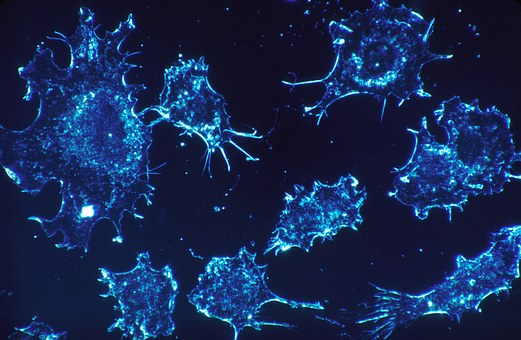
It may come as a surprise to many, but 3D printing can be used for medical purposes other than printing prosthetics from a digital blueprint.
Medicine is always evolving, at an ever-increasing pace, and we’re seeing some amazing innovations in the field of bio-printing. Although we’re not quite at the stage of having the digital blueprint for an entire new liver or a duodenum, companies like bitplane.com are working on these blueprints.
Bio-printing
Bio-printing is pretty much as it sounds – the technology uses bio-ink, made from living cells – and when a digital blueprint is entered, the living cells are printed according to the design. They’re printed layer by layer to create new organs and body parts.
Viable organs
As yet we haven’t managed to print an entire organ and transplant it, but researchers have managed to print kidney cells and make sheets of cardiac tissue that respond to electrical stimuli in the same way as a real heart. There’s also been a lot of progress in synthesising basic livers, so we’re well on our way to being able to replicate organs, although it may still be as long as a decade away.
Stem cells
Stem cells are astounding as they are, with their regenerative properties that mean they can be persuaded to form whatever tissue type is needed. When stem cells are bio-printed into customised shapes and then “told” to form a heart, or a layer of skin, we’re not too far away from being able to print cells straight into, or onto, the body.
Skin grafts
Those sheets of stem cells will be brilliant news for burn patients, or people with skin cancer and other diseases or injuries that cause the loss of areas of skin. These sprayed or printed-on grafts are much less likely to be rejected and the procedure will be far less painful than conventional skin grafts.
Printing new bone and cartilage
Research teams on both sides of the Atlantic are working on bio-printing bone and cartilage, which will help arthritis sufferers, as well as anyone with complicated breaks and fractures, or osteoporosis. Currently the tissues developed aren’t quite as strong as the real thing, but it’s only a matter of time.
Cancer cells
This might seem a bit of a shocker, but researchers are printing cancer cells in their labs. This is so they can study the development and proliferation of these cells as they make their progress towards the disease in the human body. Having labs full of cancer cultures will also help us to test drugs and other procedures on them more effectively.
Hearts and blood vessels
A German lab has created blood vessels with artificial cells, as well as a 3D printer and a laser to guide everything into place. Another lab in Australia is working on ways to repair damaged heart tissue by introducing patches of healthy tissue made from printed cells.
These “repair patches” have worked out well in trials on rats and the cells go on to form tissues that work just the same as real cardiac tissue. Maybe we really will be able to mend broken hearts…





Leave a Comment